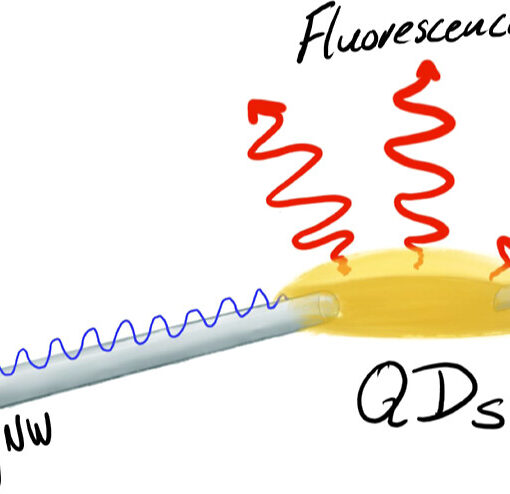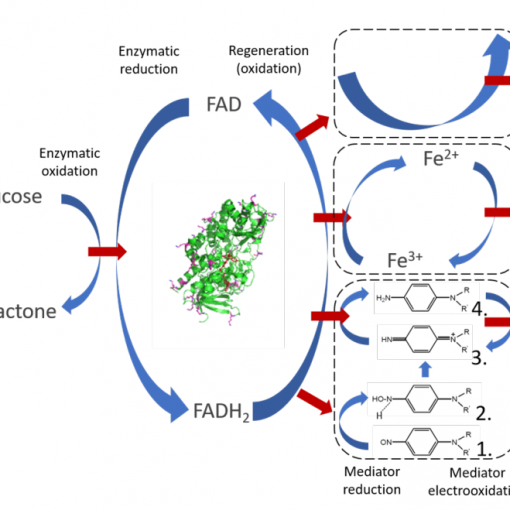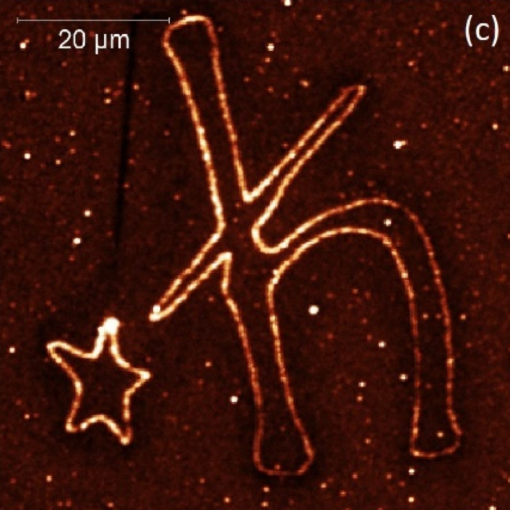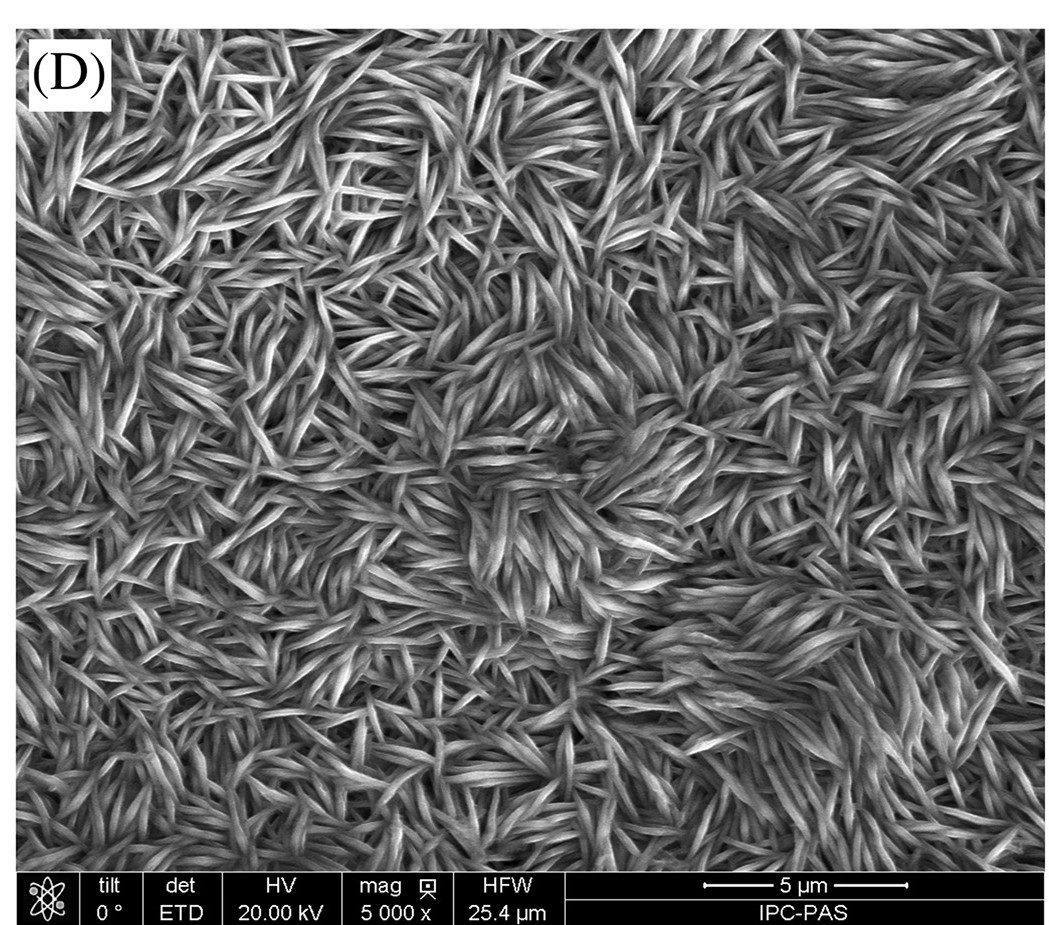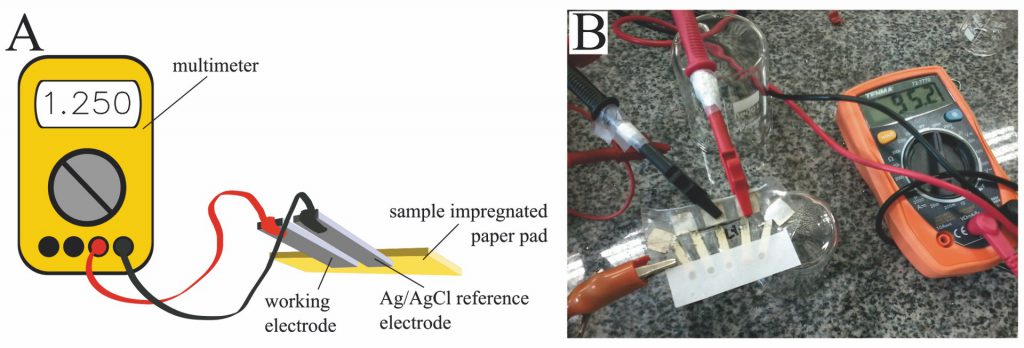
A new publication in Analytica Chimica Acta appeared describing paper-based discrimination of beer and wine samples using an electronic tongue. Although Emilia’s affiliation is still from the Brazilian institution UNICAMP it is of course still worth mentioning. This is the second article describing paper-based electronic tongues with electrochemical detection; the first, also published by Emilia, can be found in Electroanalysis.
The publication includes an optimized procedure of fabrication of silver-paper based electrodes, integration of the Ag/AgCl reference and description of different means of minimization of the sample volume (final volume ~40µL – which leaves plenty of sample for more traditional tastingtesting). The storage stability of this low-cost system was accessed using a simple multimeter, thus providing means of an inexpensive detection system. At last, a novel, integrated electronic tongue system assembled with the use of readily available materials such as paper, wax, lamination sheets, bleach etc. was used to analyze 34 beer samples (12 types, 19 brands) and 11 types of wine (4 types of grapes, red/white, 3 countries).
This type of device could potentially help manufacturers to obtain new products, for example low-alcohol, low-calorie beers with taste factors similar to traditional ones. In case of consumers, it is possible not only to verify if barley wasn’t substituted with corn, rice or sugars, but also check for possible falsifications.

